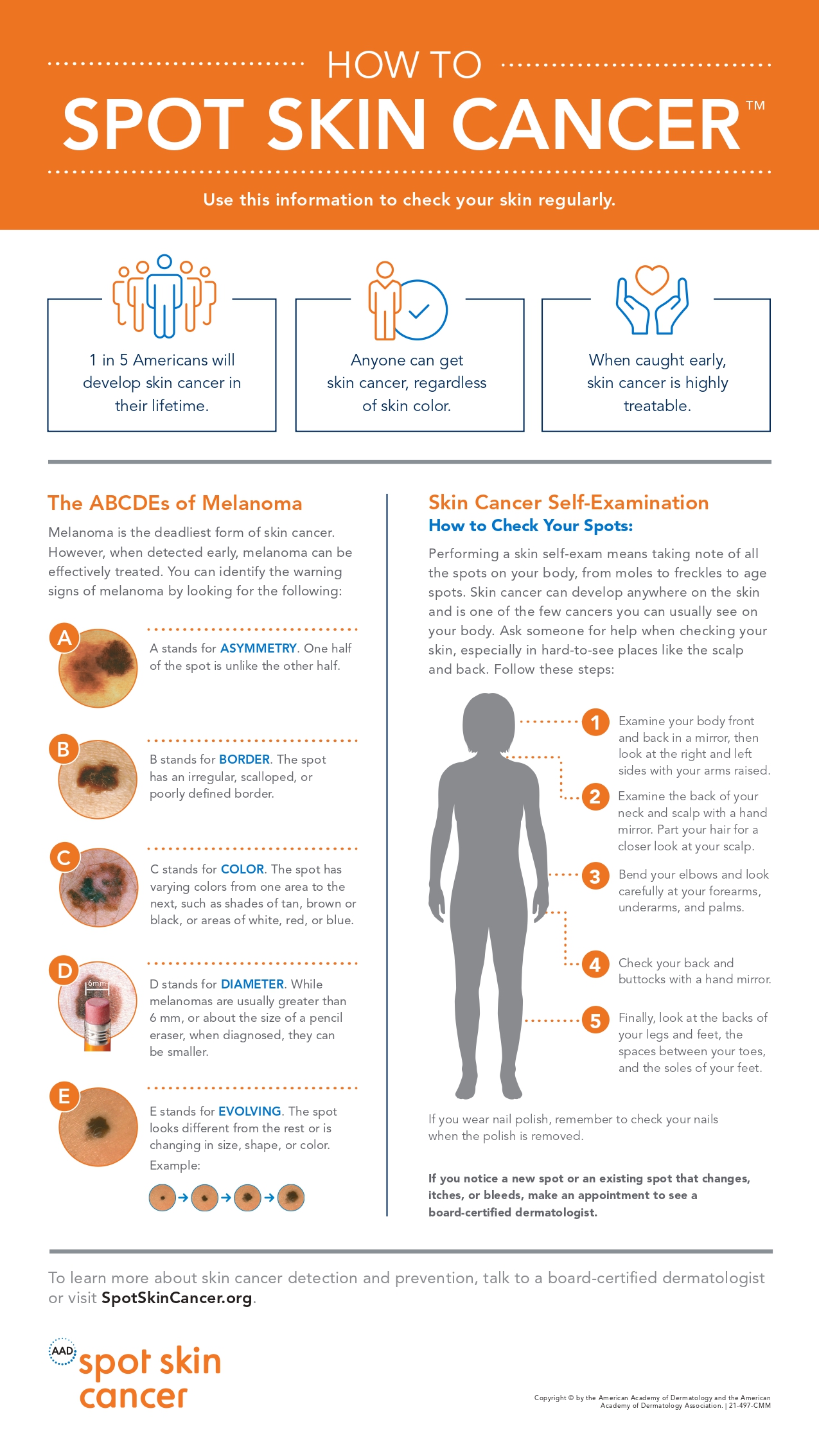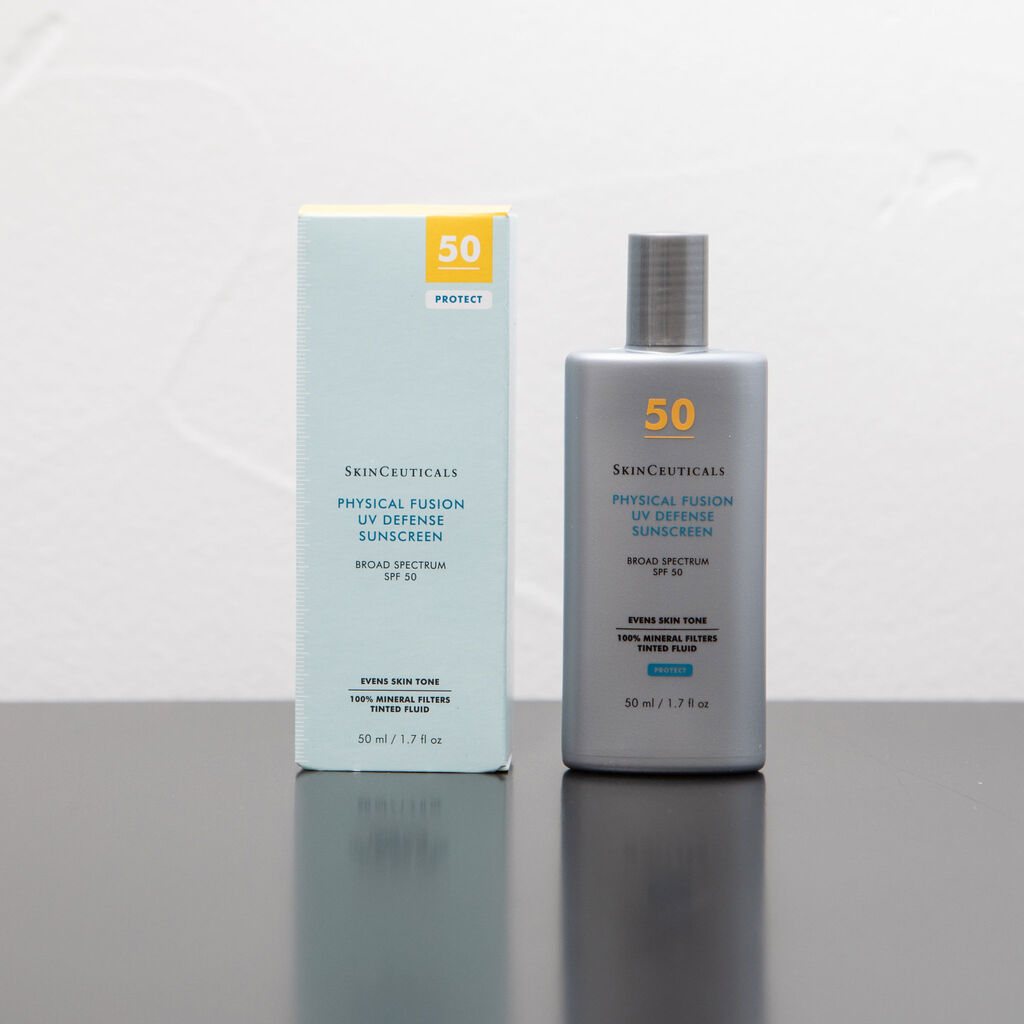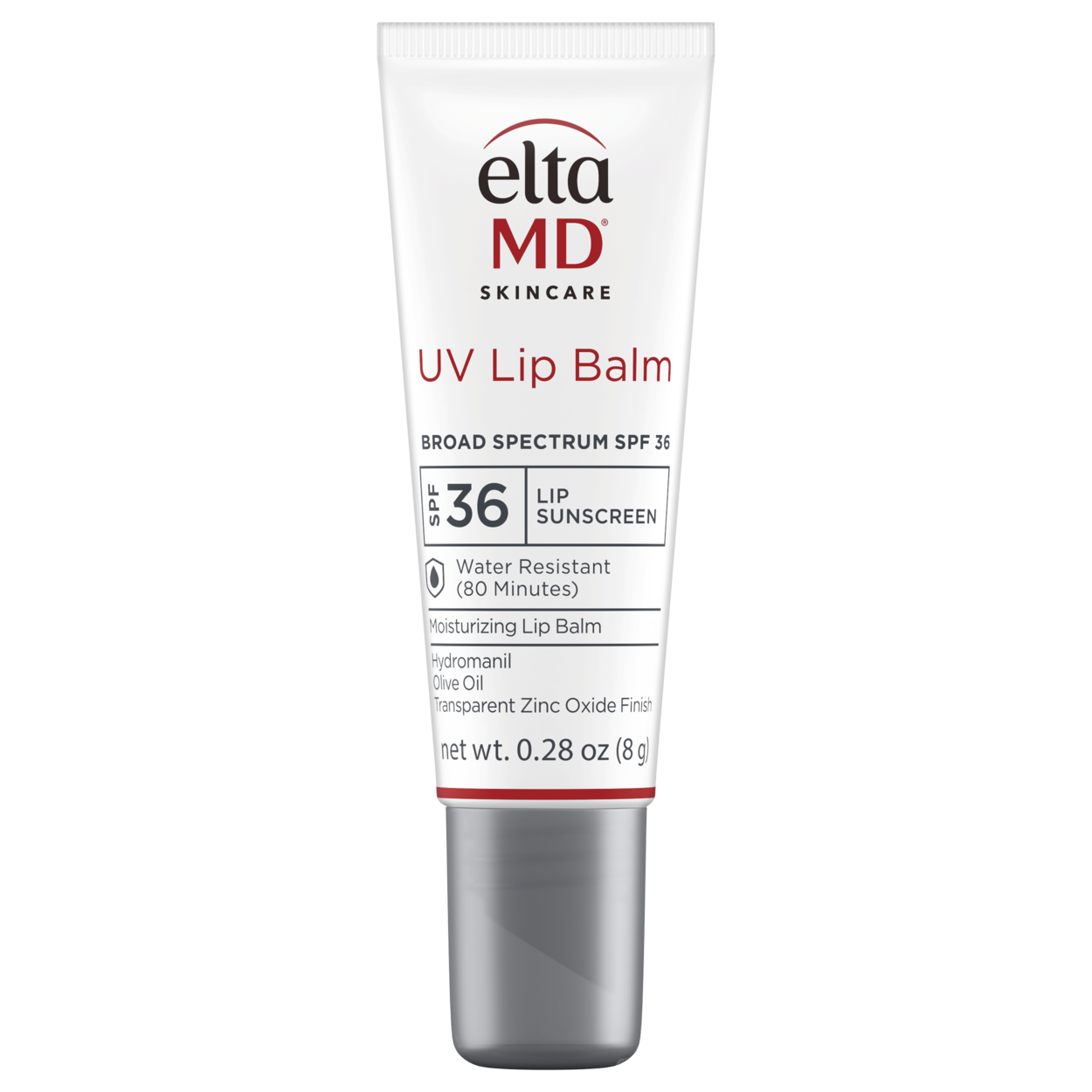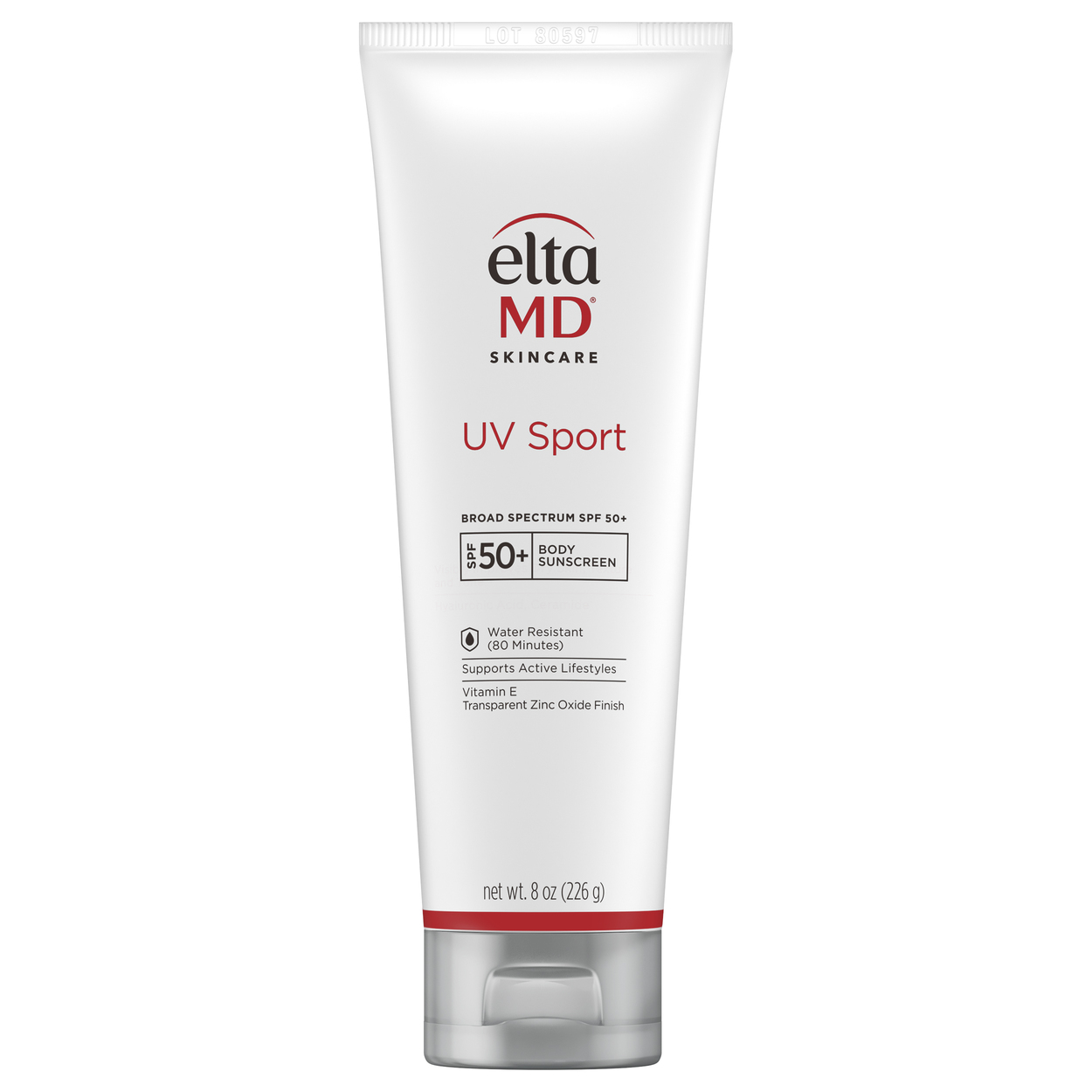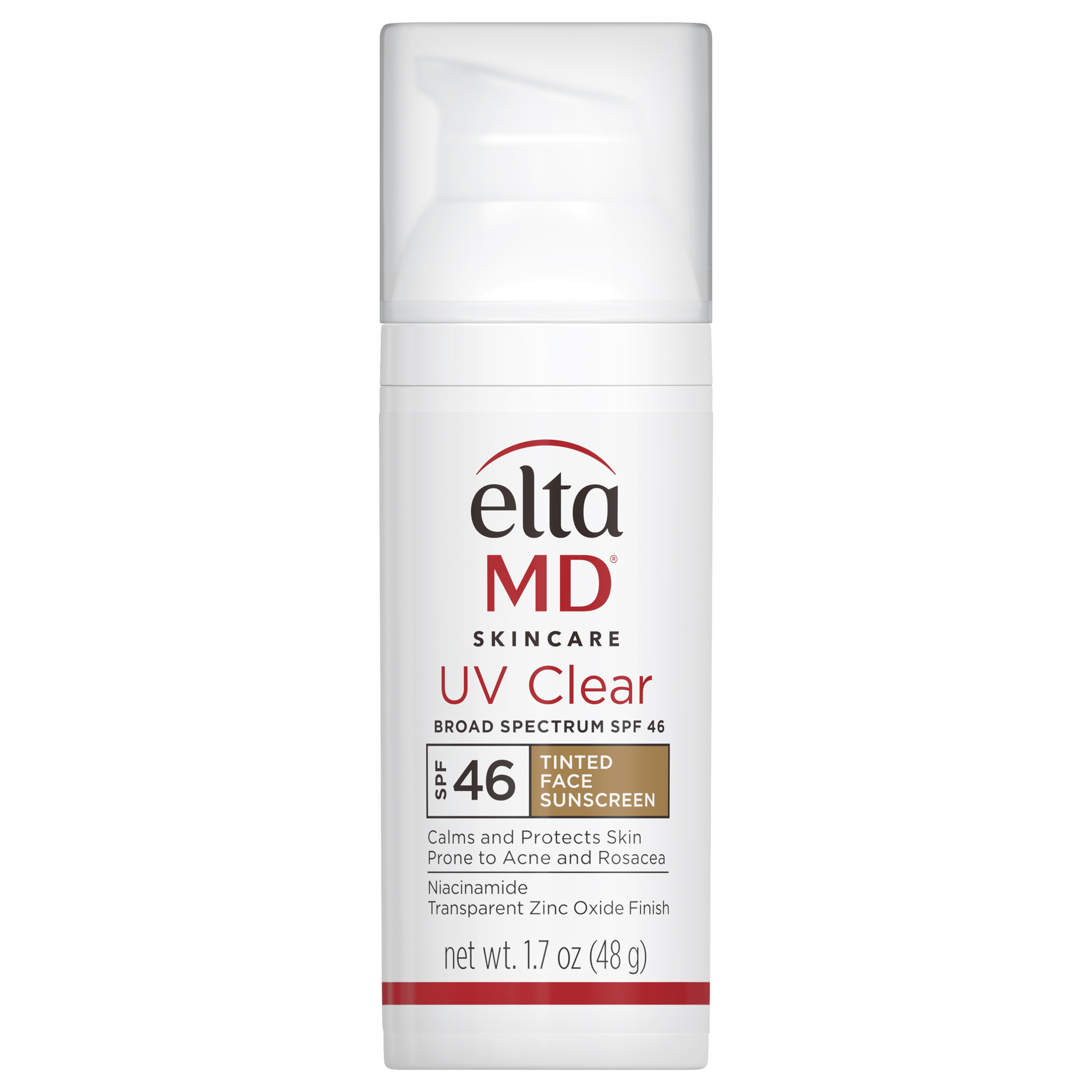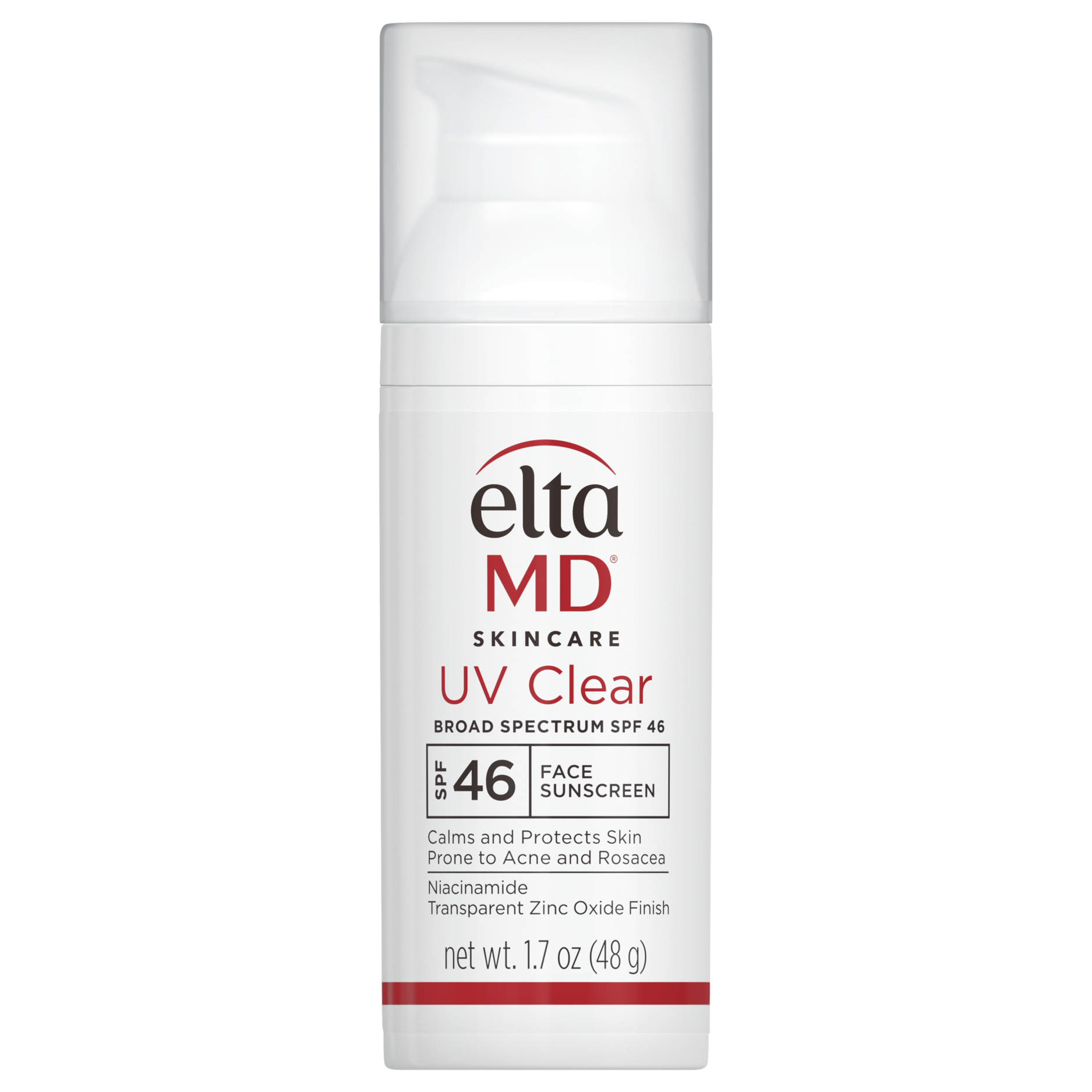SKIN CANCER
Over the last 30 years, there have been more cases of skin cancer than all other types of cancer combined. The Skin Cancer Foundation estimates that one out of five people will develop at least one skin cancer during their lifetime. Early diagnosis and treatment are essential for the best outcomes, and skin checks with your dermatologist are the best way to be proactive.
Skin cancer is a type of cancer that develops in the skin cells. It is caused by the uncontrolled growth of abnormal skin cells. Skin cancer is the most common type of cancer in the United States. There are three main types of skin cancer: basal cell carcinoma, squamous cell carcinoma, and melanoma. Basal cell carcinoma and squamous cell carcinoma are the most common types of skin cancer.
They are usually found on areas of the skin that have been exposed to the sun, such as the face, neck, and hands. Melanoma is less common, but it is the most dangerous type of skin cancer. It can spread to other parts of the body if not treated early.
The best way to prevent skin cancer is to protect your skin from the sun by wearing protective clothing, using sunscreen, and avoiding the sun during peak hours. If you notice any changes in your skin, such as a new mole or a change in the size or color of an existing mole, it is important to see a dermatologist as soon as possible. Early detection and treatment can help prevent skin cancer from spreading to other parts of the body.
TYPES OF SKIN CANCER
There are three different types of skin cancer which account for nearly 100% of all diagnosed cases. They are named individually based on the type of cell location within the skin. Skin cancers are divided into one of two classes - nonmelanoma skin cancers and melanoma. Melanoma is the deadliest form of skin cancer.
The different types of skin cancer are:
Basal cell carcinoma (BCC)
Basal cell carcinoma is a type of skin cancer that starts in the basal cells, which are located in the deepest layer of the epidermis. This type of cancer is usually caused by long-term exposure to the sun's ultraviolet (UV) rays and is more common in people with fair skin, light-colored eyes, and blonde or red hair.
The good news is that basal cell carcinoma is usually slow-growing and rarely spreads to other parts of the body. However, if left untreated, it can grow into surrounding tissues and cause disfigurement or even death. Treatment options for basal cell carcinoma include surgery, radiation therapy, and topical medications.
The best way to prevent basal cell carcinoma is to protect your skin from the sun's harmful UV rays by wearing protective clothing, using sunscreen with a high SPF, and avoiding sun exposure during peak hours. Additionally, it's important to perform regular skin self-exams and to see a dermatologist if you notice any changes or abnormalities on your skin.
Squamous cell carcinoma (SCC)
Squamous cell carcinoma is a type of skin cancer that usually develops in areas of the body that are frequently exposed to the sun, such as the face, neck, and arms. However, it can also develop in other areas, such as the genitals or inside the mouth.
Squamous cell carcinoma usually appears as a red, scaly patch of skin that doesn't heal or go away. It can also look like a wart or a raised bump. If left untreated, it can grow and spread to other parts of the body, which can be life-threatening.
The best way to prevent squamous cell carcinoma is to protect your skin from the sun by wearing protective clothing and using sunscreen. If you notice any unusual changes in your skin, such as a new growth or a sore that doesn't heal, it's important to see a dermatologist right away. If caught early, squamous cell carcinoma can usually be treated successfully with surgery or other treatments.
Melanoma
Melanoma is a type of skin cancer that develops in the cells that produce melanin, the pigment that gives color to your skin. While melanoma can occur on any part of the skin, it is most commonly found on the back, legs, arms, and face. It is also possible for melanoma to develop in the eyes and other parts of the body.
One of the primary causes of melanoma is overexposure to ultraviolet (UV) radiation from the sun or tanning beds. Other factors that can increase your risk of developing melanoma include having a family history of the disease, having a weakened immune system, having a large number of moles or unusual moles, and having fair skin that burns easily.
It is important to regularly check your skin for any changes or abnormalities, such as new moles or changes in the shape or color of existing moles. If you notice anything suspicious, it is important to see a dermatologist as soon as possible. Early detection and treatment of melanoma can greatly increase your chances of a successful recovery.
TREATMENTS FOR SKIN CANCER
Electrodesiccation and Curettage (ED&C):
This treatment is the scraping or burning-off of skin growths. This method is used for less serious skin cancers, pre-cancers and benign growths. After local anesthetic is injected, the abnormal tissue is scraped off with a specialized tool. The treated area is then cauterized to stop bleeding. If the growth is cancerous, this treatment may be repeated. A small white blemish is left after the treated area is healed.
Excision
This is a surgical procedure in which the skin cancer and some of the surrounding normal tissue are cut out to ensure the cancer cells are all removed. The wound is closed with two layers of stitches which then heals in a thin line scar. This procedure differs from Mohs in that the tissue is not checked at the time of surgery (it is sent to an outside lab for processing) and it is indicated for some skin cancers on the trunk and extremities.
Mohs Micrographic Surgery
A highly specialized surgical procedure that removes the most common skin cancers, basal cell carcinomas and squamous cell carcinomas. Mohs surgery has a 99% cure rate, leaving patients with the assurance that their skin cancer is gone. A huge benefit to Mohs surgery is that surrounding healthy tissue is preserved. During Mohs Micrographic Surgery, layers of skin are progressively removed and examined in our onsite lab until only cancer-free tissue remains.
Recommended Products
Powder-Me SPF
Recommended Products
EltaMD UV Sheer SPF
$42.00
EltaMD UV Lip Balm
$17.00
EltaMD UV Luminous
$41.00
EltaMD UV Sport 8oz
$58.00
EltaMD UV Sport 3oz
3oz
$31.00
EltaMD UV Clear Tinted
$45.00
EltaMD UV Clear
$43.00

